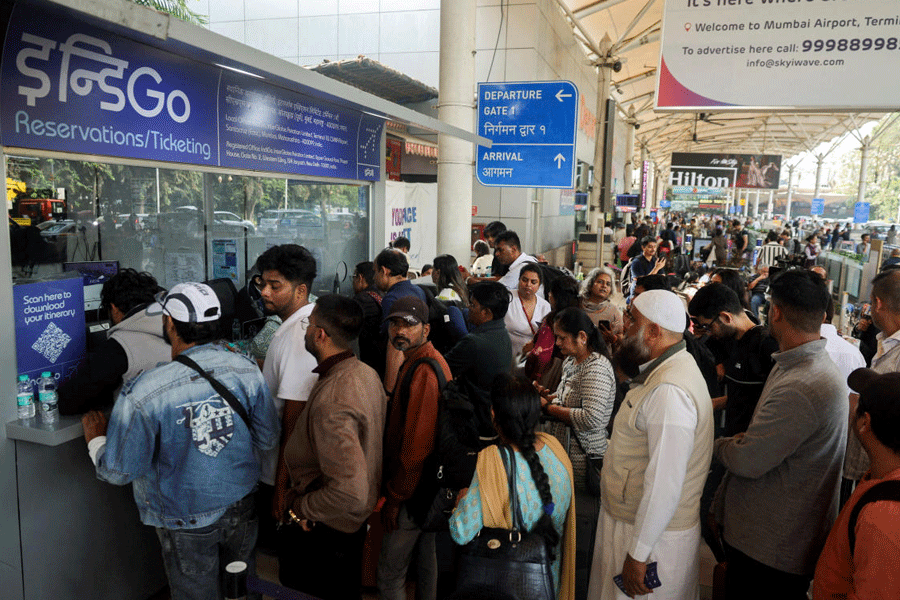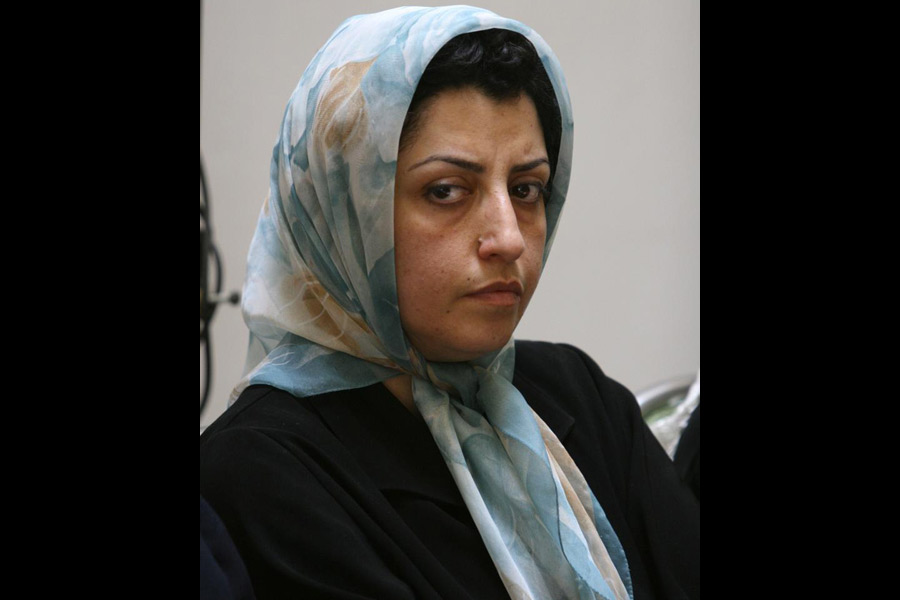Sagar Behera, 45, returned home around 4pm on Friday with two empty cans tied to his motorcycle.
A milkman, Behera had sold 40 litres of buffalo milk to sweet shops at block headquarters Brahmagiri. After he had milked the buffalos in the morning, his wife had taken the animals to graze in the forests along the coastline.
Behera has been worried since he heard about a proposal to build an international airport along the coastline in his mauza, Sipasarubali. The proposed airport is expected to cover an area about 8km long and 2km wide, stretching from the outskirts of Puri town — 14km from Balabhadra Patna village — to the Bali Harchandi temple.
The area is rich in flora and fauna. Several lakh cashew nut, neem, mango and casuarina trees grow on the sand dunes, protecting Puri town and the coastal villages from high tide and the recurrent cyclones.
If the airport project gets going, thousands of these trees will be cut down, the sand dunes will be flattened, and hundreds of acres of forestland where cattle now graze will be absorbed into the tarmac.
“I sustain my family by selling milk. If the grazing fields are taken away for the airport, I shall lose my livelihood,” Behera said.
The livelihood of Balabhadra Patna’s about 140 families depends heavily on the beach forests, where they not only graze their cattle but collect cashew nuts in summer and firewood through the year.
A state government official said the district administration had about 4,500 acres of land that could be used for the airport and its future expansion.
However, if the sand dunes and forests have to be saved by building the airport at some distance from the sea, village farmlands will have to be taken over.
Official activity on the proposed Sri Jagannath International Airport near Puri kicked off after Odisha chief minister Naveen Patnaik wrote to Prime Minister Narendra Modi in January.
A three-member team from the Airport Authority of India (AAI) visited two proposed locations — in Sipasarubali and in Balukhanda, close to the Puri-Konark Marine Drive — in June and reportedly selected Sipasarubali.
Akshya Pradhan, a 40-year-old farmer, said every family in the village earned Rs 10,000 to Rs 20,000 a year by collecting and selling cashew nuts.
“We grow paddy, but not all the families own farmland. People survive on forest produce and casual labour,” Pradhan said. “I have two acres of land but I too collect cashew nuts in the summer.”
Some others, however, are looking at the proposed airport with hope. Diwakar Dalai, 52, a former panchayat sarpanch, said the airport would boost the area’s economy.
“Those opposing the airport are mistaken, it will benefit us immensely. Our children will get jobs. Others can open shops, dhabas, a taxi service and so on,” Dalai said.
Pratap Dash from the nearby Narasingh Patna village too is in favour of the airport. He said agriculture was “no longer a sustainable occupation” because seawater entered the paddy fields through the Sunamukhi river during high tide, damaging the crop.
The AAI has asked the state government for land records and wind speed data from the area, and a map of the Coastal Regulatory Zone.
A government official said the local villagers had a few years ago formed an Upakula Jami Jangal Surakshya Samiti to guard the forests on the government land against the theft of cashew nuts and sand by the mafia.
The Odisha Industrial Infrastructure Development Corporation had in 2012 identified this area for a hotel project but protests from the Samiti scuttled it.
Laxmidhar Sahu, a farmer from Barudi village, said the Samiti had begun protesting against the airport project.
He asked why the area needed an airport when Bhubaneswar airport was just 60km from Puri.
“The Centre plans to lease Bhubaneswar airport to private parties. I feel the government similarly plans to take control of the Sipasarubali area and later hand it over to the rich to build hotels. We will not allow this,” Sahu said.
Puri Shankaracharya Nischalananda Saraswati too has opposed the airport project saying it will rob the area of greenery, and its cattle of food.
Ratnakar Sethi, a 55-year-old labourer from Barudi, said an airport would damage the ecology. He said the trees and 10 to 15-metre-high sand dunes protect the land and settlements from the cyclones that strike every year with wind speeds of up to 120km per hour.
Jagannath Bastia, an environmental activist from Puri, said any damage to the sand dunes and beach forests could cause erosion and endanger Puri town and the villages.
Bastia, president of the Beach Protection Council and former member of the Odisha Coastal Zone Management Authority, recommended at least a 2km wide strip of sand between the proposed airport and the sea. But this will necessitate the acquisition of the villagers’ land.










